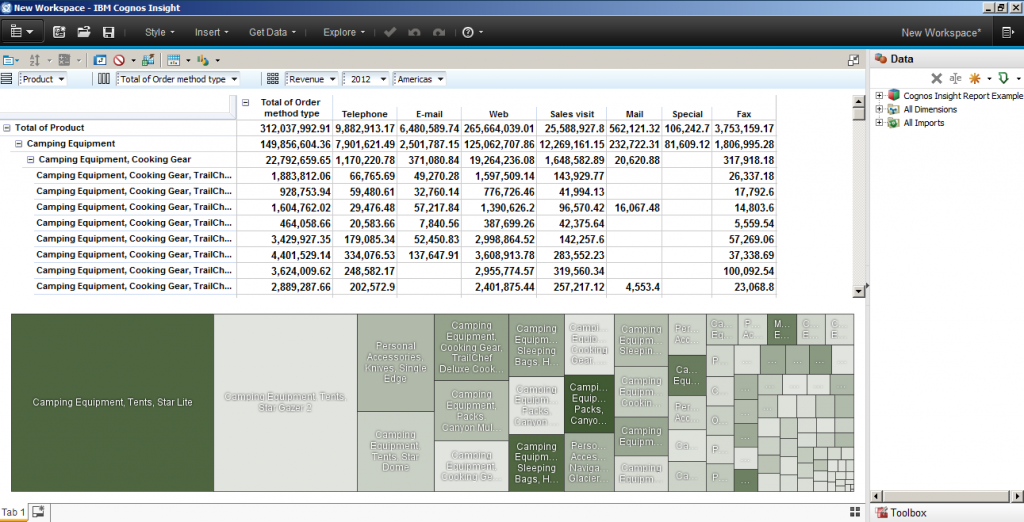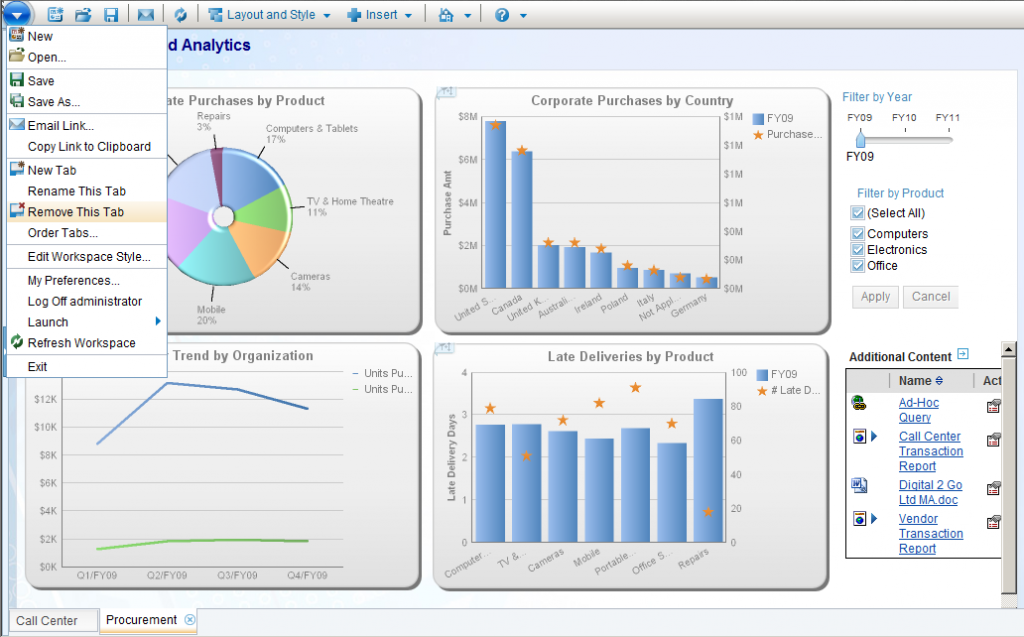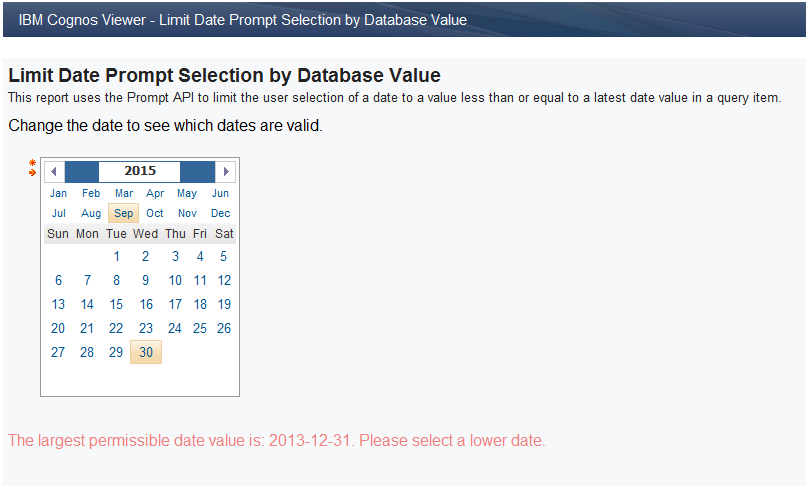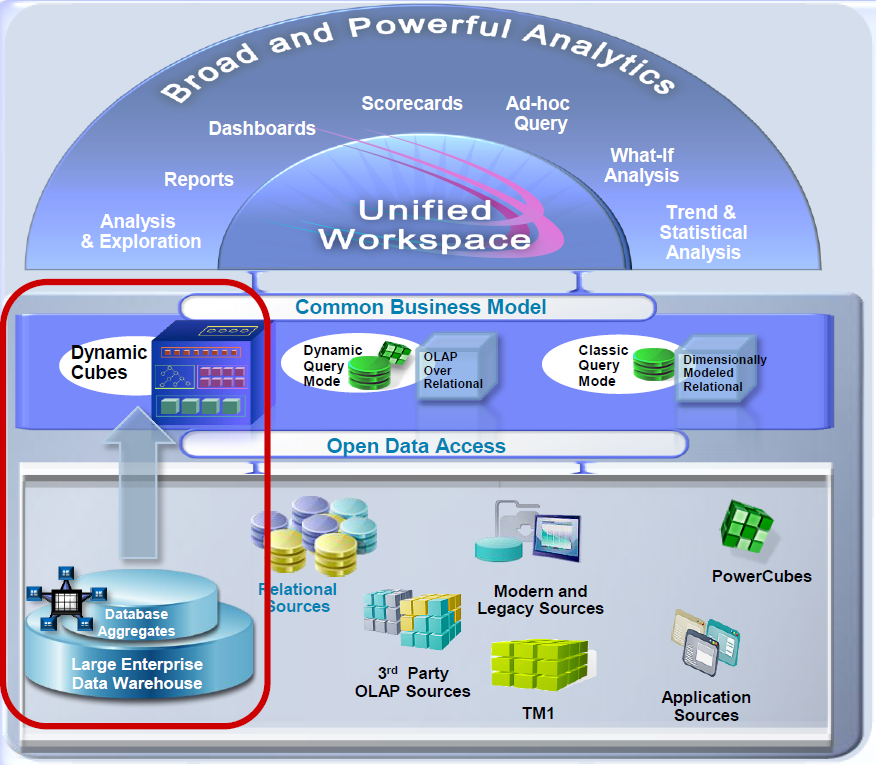0
0
Ursula Woodruff-Harris
https://www.ironsidegroup.com/wp-content/uploads/2018/03/logo-with-words.png
Ursula Woodruff-Harris2012-12-04 12:29:572020-09-30 15:58:34Highlighting Every Other Row in a Report Using IBM Cognos Workspace Advanced with a Twist
0
0
Ironside Group
https://www.ironsidegroup.com/wp-content/uploads/2018/03/logo-with-words.png
Ironside Group2012-11-06 12:49:172019-01-22 13:46:08Dynamic Dashboards: Filtering and Drill-Down within IBM Cognos Portlets
0
0
Ironside Group
https://www.ironsidegroup.com/wp-content/uploads/2018/03/logo-with-words.png
Ironside Group2012-11-06 11:54:232019-01-22 13:46:20IBM Cognos TM1 – Freezing Old Data: How and Why
0
0
Geoff Speare
https://www.ironsidegroup.com/wp-content/uploads/2018/03/logo-with-words.png
Geoff Speare2012-10-09 09:26:222019-01-22 13:46:30Building Effective IBM Cognos Active Reports: Part 3
0
0
Ironside Group
https://www.ironsidegroup.com/wp-content/uploads/2018/03/logo-with-words.png
Ironside Group2012-10-09 09:24:572019-01-22 13:46:43IBM SPSS Predictive Analytics: An Overview
0
0
Ironside Group
https://www.ironsidegroup.com/wp-content/uploads/2018/03/logo-with-words.png
Ironside Group2012-10-09 09:14:242019-01-22 13:46:48Understanding Cognos Audit Reports and Tables
0
0
Ironside Group
https://www.ironsidegroup.com/wp-content/uploads/2018/03/logo-with-words.png
Ironside Group2012-09-12 09:23:102019-01-22 13:47:07IBM Cognos Content Archiving with FileNet
0
0
Ironside Group
https://www.ironsidegroup.com/wp-content/uploads/2018/03/logo-with-words.png
Ironside Group2012-09-10 22:12:112019-01-22 13:47:16What’s New in IBM Cognos 10.2
0
0
Nirav Valia
https://www.ironsidegroup.com/wp-content/uploads/2018/03/logo-with-words.png
Nirav Valia2012-08-07 10:11:502019-01-22 13:47:28IBM Netezza: The Importance of Data Distribution for Optimal Performance
0
0
Ironside Group
https://www.ironsidegroup.com/wp-content/uploads/2018/03/logo-with-words.png
Ironside Group2012-08-07 10:01:552019-01-22 14:06:25Ironside Group’s IBM Cognos Training Practice – An Overview





